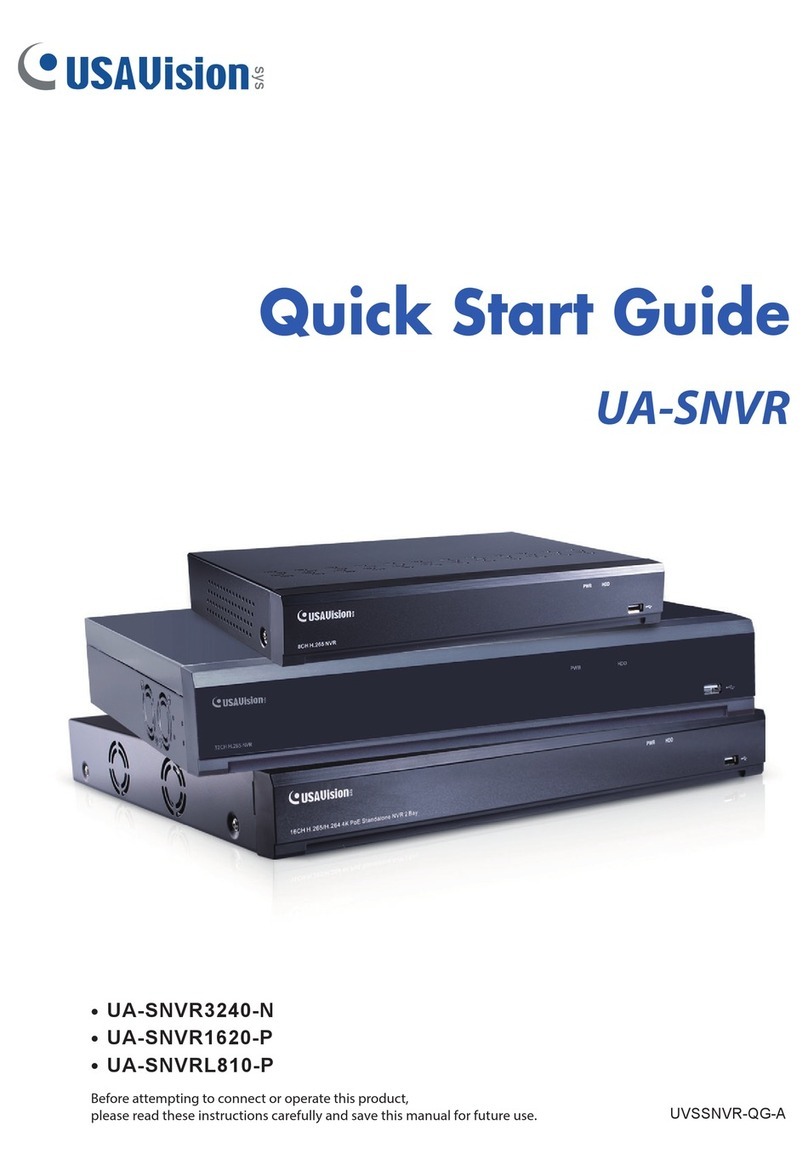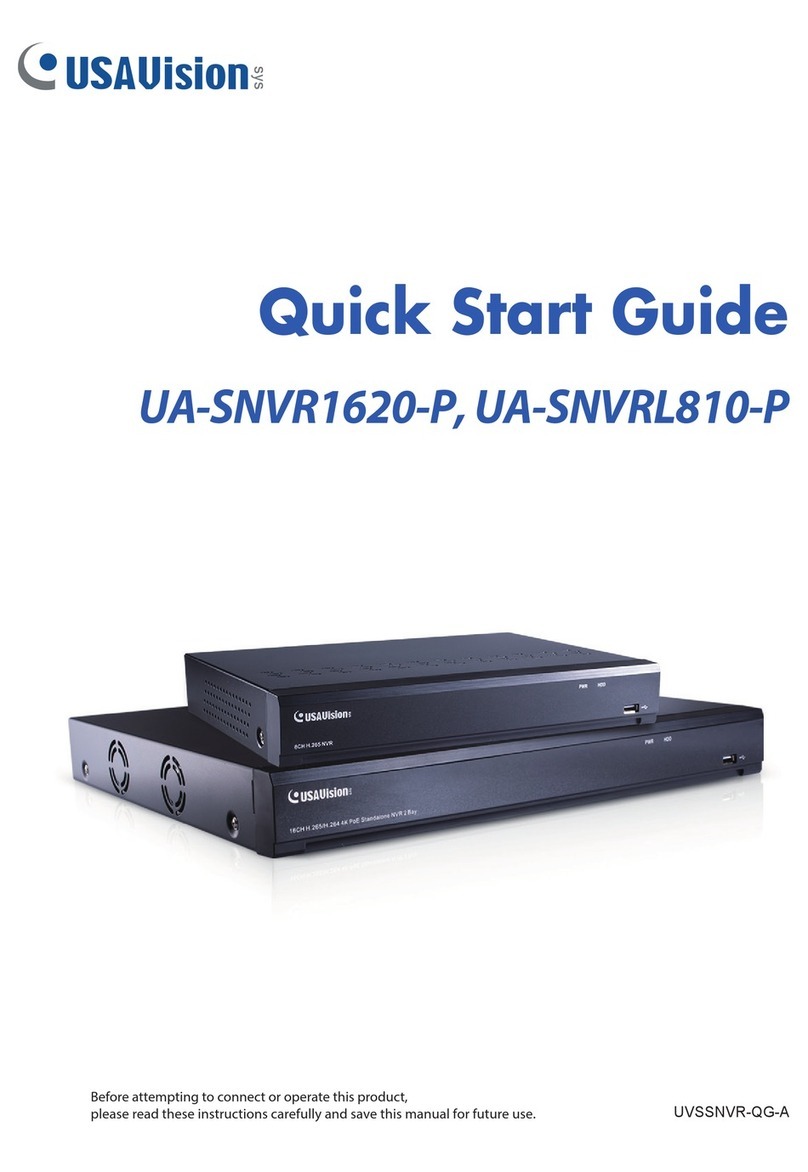Contents
1. Introduction.........................................................................................................1
1.1 Packing List............................................................................................................1
1.2 Overview ................................................................................................................2
1.2.1 Rear View ................................................................................................................. 2
1.2.2 Rear View ................................................................................................................. 3
2. Installation...........................................................................................................4
2.1 HDD Installation......................................................................................................4
2.2 Connection Diagram...............................................................................................5
2.3 Power Supply Connection.......................................................................................5
3. Getting Started....................................................................................................6
3.1 Start Wizard............................................................................................................6
3.1.1 Start Wizard .............................................................................................................. 6
3.1.2 Connecting IP Cameras............................................................................................ 6
3.2 Live View Overview ................................................................................................8
3.2.1 Main Window ............................................................................................................ 8
3.2.2 Task Menu Bar........................................................................................................10
3.2.3 Camera Quick Toolbar............................................................................................ 10
4. Remote Access via Web Client........................................................................12
4.1 Basic System Requirements.................................................................................12
4.2 Looking Up the Dynamic IPAddress.....................................................................13
4.3 Web Client Manager Live Interface.......................................................................14
5. Upgrading Firmware.........................................................................................20





























